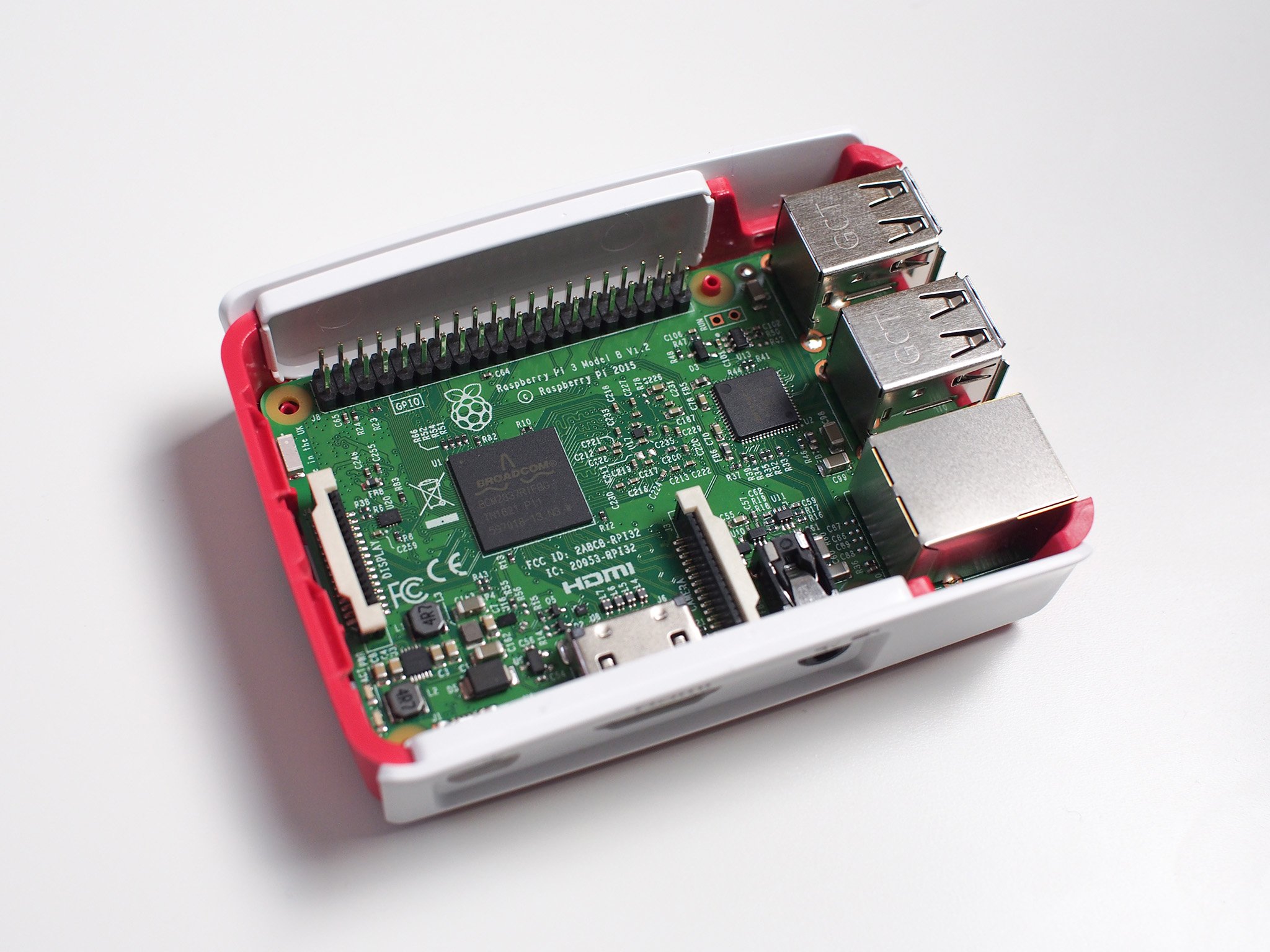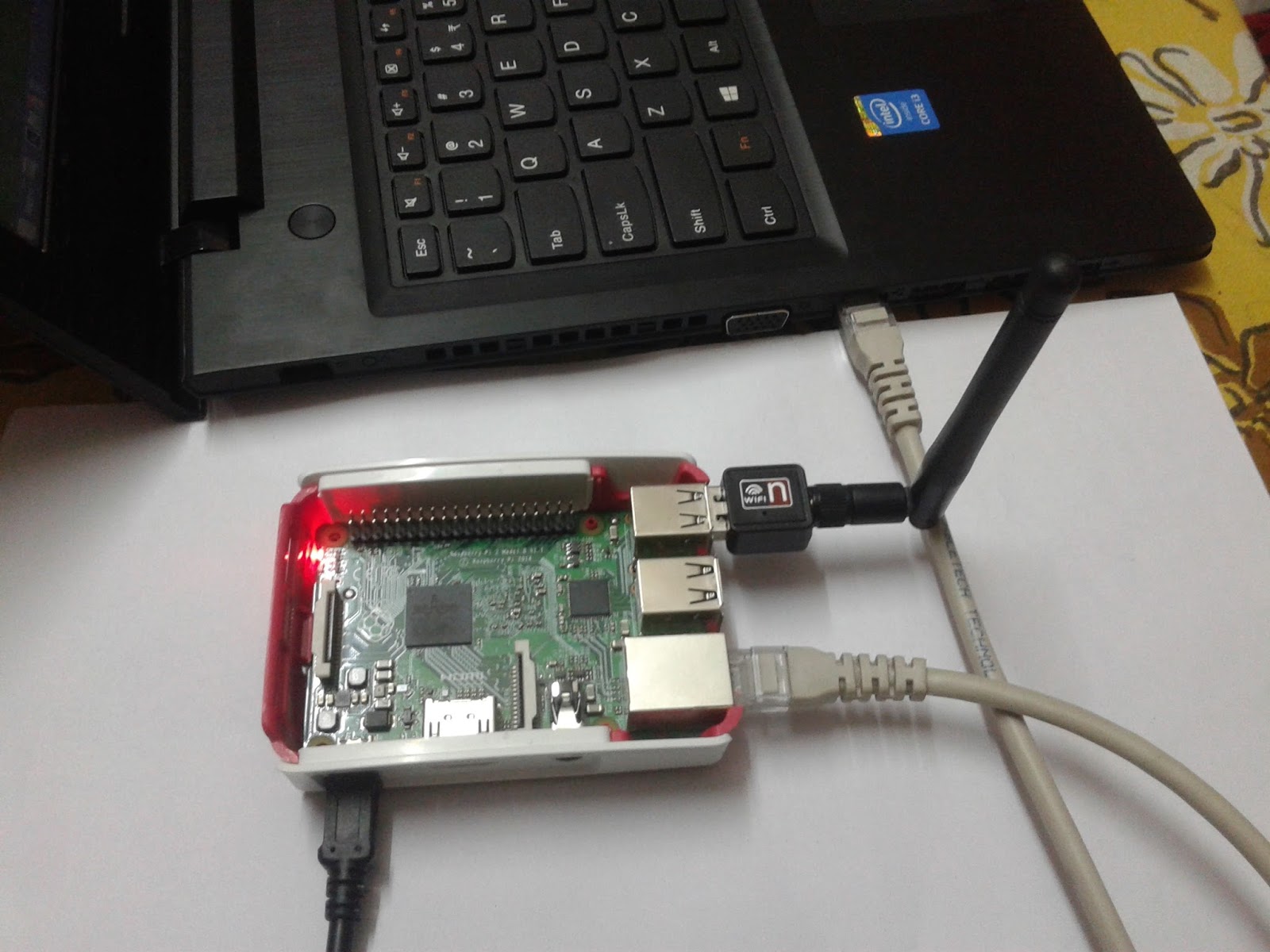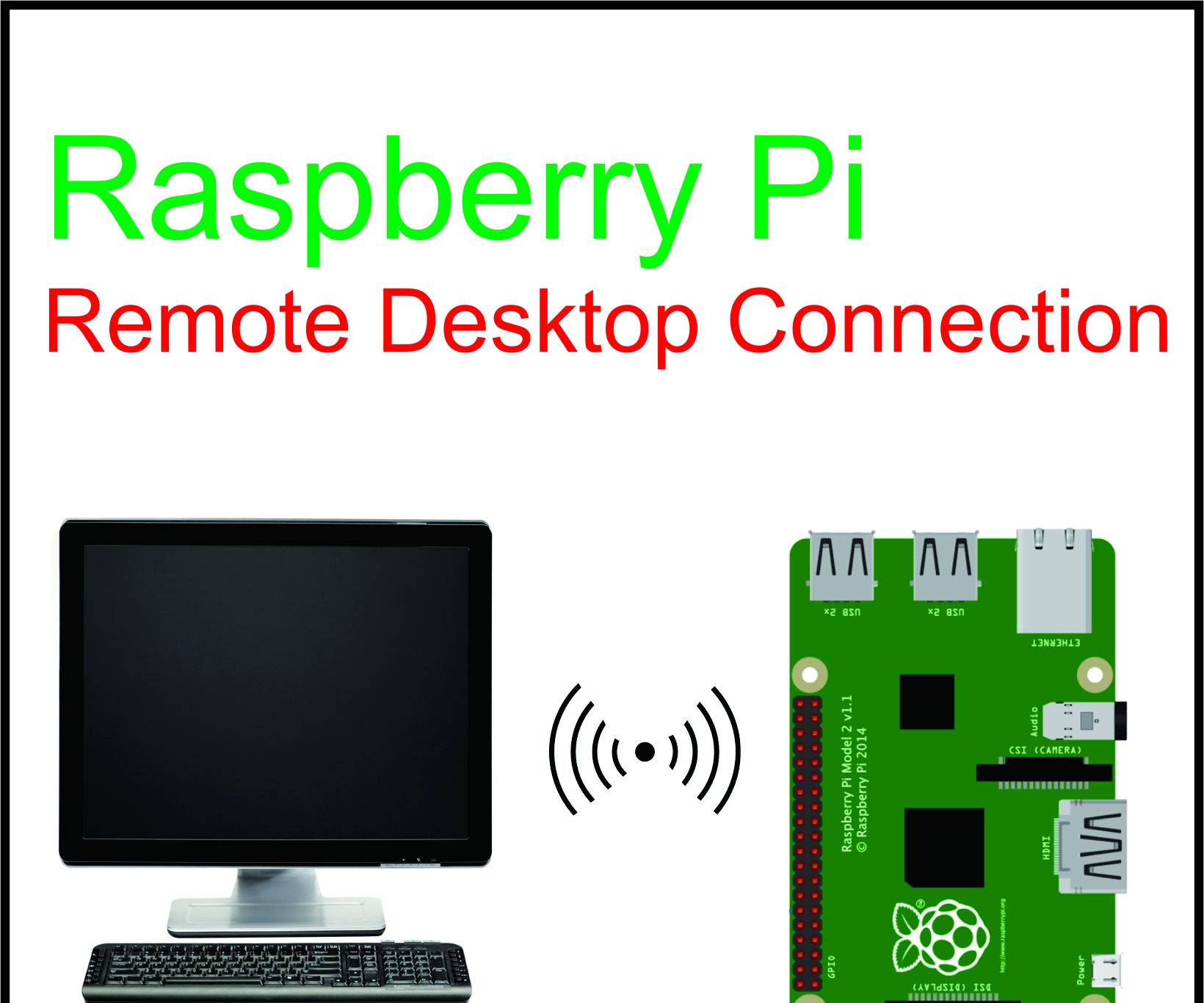Best Remote Update Raspberry Pi Download: Your Ultimate Guide To Streamlined Updates
So, you're looking to dive into the world of Raspberry Pi and want to know how to perform the best remote update Raspberry Pi download, right? Well, buckle up because we're about to take you on a journey through the ins and outs of remote updating your beloved Pi. Whether you're a tech-savvy enthusiast or just starting out, this guide will give you all the tools you need to keep your Raspberry Pi up to date without ever having to physically touch it.
Let's face it—technology is evolving faster than ever, and staying updated is crucial if you want your Raspberry Pi projects to run smoothly. But who has time to sit in front of their Pi every time an update rolls out? That's where remote updates come in. They're like the ultimate life hack for Pi users, saving you time and effort while ensuring your device stays secure and optimized.
In this article, we'll cover everything from the basics of remote updating to advanced techniques that'll make your life easier. You'll learn how to set up your Pi for remote updates, explore the best tools and methods available, and even discover some tips and tricks to troubleshoot common issues. So, grab your favorite beverage, and let's get started!
- Themaryburke Nude A Closer Look At The Controversy And Facts
- Jasleen Chawla The Rising Star Whos Capturing Hearts Worldwide
Table of Contents
- What is Remote Update Raspberry Pi Download?
- Why is Remote Updating Important?
- Top Tools for Remote Update Raspberry Pi Download
- How to Set Up Your Raspberry Pi for Remote Updates
- Best Methods for Remote Updating Raspberry Pi
- Troubleshooting Common Issues with Remote Updates
- Security Tips for Remote Updating
- Automating Your Remote Updates
- Understanding the Performance Impact of Remote Updates
- Conclusion: Stay Ahead with Remote Updates
What is Remote Update Raspberry Pi Download?
Alright, let's break it down. A remote update Raspberry Pi download basically means updating your Pi's software or firmware from afar, without needing physical access to the device. Think of it as sending instructions to your Pi over the internet, telling it to install the latest updates, patches, or new features. It's like giving your Pi a remote control upgrade button.
This process is super useful if you're running a headless Pi setup or have multiple Pis spread across different locations. Imagine having a weather station in your backyard, a security camera at your front door, and a media server in your living room—all powered by Raspberry Pis. Keeping them updated manually would be a nightmare, but with remote updates, it's a breeze!
Plus, it's not just about convenience. Remote updates ensure your Pi stays secure, as many updates include critical security patches that protect your device from potential threats. So, yeah, it's kind of a big deal.
- Yomovies Re Your Ultimate Guide To Movie Streaming In 2023
- 1tamilblaster Your Ultimate Hub For Tamil Entertainment
Why is Remote Updating Important?
Remote updating isn't just a fancy tech feature—it's essential for maintaining a healthy and secure Raspberry Pi setup. Here's why:
- Security: Regular updates often include fixes for vulnerabilities, protecting your Pi from hackers and malware.
- Stability: Updates can resolve bugs and glitches, ensuring your Pi runs smoothly and reliably.
- Performance: New updates may introduce performance improvements, making your Pi faster and more efficient.
- Compatibility: Keeping your Pi updated ensures it works seamlessly with the latest software and hardware.
And let's not forget the convenience factor. Who wants to climb up a ladder every time their Pi in the attic needs an update? Remote updating saves you time, effort, and maybe even a few scraped knees.
The Security Aspect of Remote Updates
When it comes to security, remote updates are your first line of defense. Think about it—your Raspberry Pi might be controlling sensitive systems like home automation or surveillance. If a vulnerability is discovered and not patched, it could leave your entire network exposed.
Regular remote updates ensure your Pi is always running the latest, most secure version of its software. It's like putting a virtual lock on your device, keeping unwanted visitors out.
Top Tools for Remote Update Raspberry Pi Download
Now that you know why remote updating is important, let's talk about the tools that make it happen. There are several methods and tools you can use to perform a remote update Raspberry Pi download. Here are some of the best ones:
- SSH (Secure Shell): A classic method for remotely accessing your Pi's terminal and running update commands.
- VNC (Virtual Network Computing): Allows you to remotely control your Pi's graphical interface, perfect for headless setups.
- Raspberry Pi Imager: While primarily used for flashing images to SD cards, it can also help with remote updates when combined with SSH.
- Web-based interfaces: Tools like Pi-hole's web admin panel or Node-RED offer built-in update functionalities.
Each tool has its own strengths, so the best choice depends on your specific needs and setup. For example, if you're comfortable with the command line, SSH might be your go-to. But if you prefer a more user-friendly approach, VNC could be the way to go.
Comparing the Tools
Here's a quick comparison to help you decide:
| Tool | Best For | Pros | Cons |
|---|---|---|---|
| SSH | Advanced users | Secure, lightweight, fast | Requires command-line knowledge |
| VNC | Beginners | User-friendly, graphical interface | Slower, resource-intensive |
| Raspberry Pi Imager | Flashing images | Simple, reliable | Limited to image updates |
| Web-based interfaces | Specific applications | Convenient, integrated | May require additional setup |
As you can see, there's no one-size-fits-all solution. It's all about finding the tool that works best for your situation.
How to Set Up Your Raspberry Pi for Remote Updates
Setting up your Raspberry Pi for remote updates isn't as complicated as it sounds. Here's a step-by-step guide to get you started:
Step 1: Enable SSH
SSH is your gateway to remote access. To enable it, you can either:
- Use the Raspberry Pi Configuration tool in the desktop environment.
- Edit the config file by adding an empty file named "ssh" to the boot partition of your SD card.
Step 2: Find Your Pi's IP Address
Knowing your Pi's IP address is crucial for connecting to it remotely. You can find it by running the command:
hostname -I
Step 3: Connect via SSH
Once SSH is enabled and you have your Pi's IP address, you can connect to it from another device using an SSH client like PuTTY (Windows) or the terminal (Mac/Linux). Use the command:
ssh pi@your-pi-ip-address
Step 4: Update Your Pi
With SSH access, you can now run update commands like:
sudo apt update && sudo apt upgrade
That's it! You've successfully set up your Raspberry Pi for remote updates.
Tips for a Smooth Setup
Here are a few tips to ensure a smooth setup process:
- Make sure your Pi is connected to a stable internet connection.
- Use strong, unique passwords to secure your SSH access.
- Consider setting up a static IP address for your Pi to avoid connection issues.
Best Methods for Remote Updating Raspberry Pi
Once your Pi is set up for remote updates, it's time to explore the best methods for performing them. Here are a few approaches you can take:
Method 1: Manual Updates via SSH
This is the most straightforward method. Simply connect to your Pi via SSH and run the update commands. It gives you full control over the process and is great for occasional updates.
Method 2: Automated Updates with Cron
If you prefer a hands-off approach, you can set up automated updates using Cron jobs. This way, your Pi will update itself at scheduled intervals without any input from you.
Method 3: Using Third-Party Tools
There are several third-party tools available that simplify the remote update process. Tools like Balena or Resin.io offer cloud-based solutions for managing and updating multiple Raspberry Pi devices.
Comparing the Methods
Here's a quick comparison of the methods:
| Method | Best For | Pros | Cons |
|---|---|---|---|
| Manual Updates | Occasional updates | Full control, simple | Requires manual effort |
| Automated Updates | Regular updates | Hands-off, efficient | May install unwanted updates |
| Third-Party Tools | Multiple devices | Convenient, feature-rich | May require subscription |
Again, the best method depends on your specific needs and preferences.
Troubleshooting Common Issues with Remote Updates
Even with the best setup, things can go wrong sometimes. Here are some common issues you might encounter during remote updates and how to fix them:
- Connection Errors: Make sure your Pi's IP address hasn't changed and that your SSH settings are correct.
- Failed Updates: Check your internet connection and try running the update commands again.
- Security Warnings: Ensure your SSH keys are properly configured and that your passwords are strong.
If you're still having trouble, don't hesitate to consult the Raspberry Pi forums or documentation for more help.
Tips for Effective Troubleshooting
Here are a few tips to make troubleshooting easier:
- Keep detailed logs of your update processes to track any issues.
- Backup your Pi's configuration before performing updates to avoid data loss.
- Regularly test your remote access to ensure everything is working as expected.
Security Tips for Remote Updating
Security should always be a top priority when performing remote updates. Here are some tips to keep your Raspberry Pi secure:
- Use Strong Passwords: Avoid using default passwords and choose unique, complex ones instead.
- Enable Two-Factor Authentication: Add an extra layer of security to your SSH access.
- Regularly Update Your Pi: Keep your Pi's software and firmware up to date to patch any vulnerabilities.
By following these tips, you can ensure your Raspberry Pi remains safe and secure while enjoying the benefits of remote updates.
Best Practices for Security
Here are some best practices to follow:
- Camilla Araujo Porn Leak The Truth Behind The Controversy And What You Need To Know
- Jellybeanbrains Porn Leaks Unveiling The Truth Behind The Controversy

Mastering Remote Raspberry Pi And Iot Device Update Download On Windows

The Ultimate Guide To The Best Remote Raspberry Pi Management Platform

Raspberry Pi Remote Desktop Connection Instructables